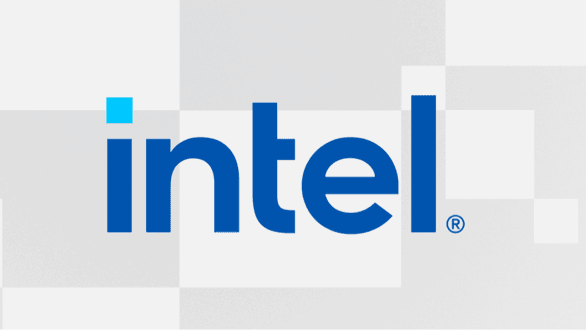- Joined
- Dec 25, 2020
- Messages
- 8,817 (5.35/day)
- Location
- São Paulo, Brazil
| Processor | 13th Gen Intel Core i9-13900KS |
|---|---|
| Motherboard | ASUS ROG Maximus Z790 Apex Encore |
| Cooling | Pichau Lunara ARGB 360 + Honeywell PTM7950 |
| Memory | 32 GB G.Skill Trident Z5 RGB @ 7600 MT/s |
| Video Card(s) | Palit GameRock OC GeForce RTX 5090 32 GB |
| Storage | 500 GB WD Black SN750 + 4x 300 GB WD VelociRaptor WD3000HLFS HDDs |
| Display(s) | 55-inch LG G3 OLED |
| Case | Cooler Master MasterFrame 700 benchtable |
| Power Supply | EVGA 1300 G2 1.3kW 80+ Gold |
| Mouse | Microsoft Classic IntelliMouse |
| Keyboard | IBM Model M type 1391405 |
| Software | Windows 10 Pro 22H2 |
| Benchmark Scores | I pulled a Qiqi~ |
Clearly there is a problem if there is 6 pages of knowledgeable people bickering about what is the "Baseline". All we can do is wait for Intel's "Official" document regarding this in May. It is fun to try to figure this out ourselves though.
The baseline is already documented in the whitepaper. The Intel-recommended values are stated in section 4.4, page 98 of the data sheet.

Intel® Core™ da 13ª Geração, Intel® Core™ da 14ª Geração, processador Intel® Core™ (série 1) e (série 2), e ficha técnica do processador Intel® Xeon™® E 2400, Volume 1 de 2
Isso descreve todas as especificações divulgadas publicamente, incluindo características elétricas, mecânicas e funcionalidades de componentes, uma lista de principais recursos, uma descrição funcional e uma visão geral arquitetônica.
For example, the i9 KS chips:
S-Processor 8+16 150 W: PL1 253 W, PL2 253 W
S-Processor 8+16 150 W, Extreme Config: PL1 320 W, PL2 320 W
Or the i5 chips:
S-Processor 6+8 125 W: PL1 125 W, PL2 181 W
The data sheet is concise and complete regarding Tau length, recommended current and wattage for all models and specifications, you just need to know how to correlate the subtype with the marketed name. S-Processor 150 W means i9 KS, S-Processor 125 W means i9 K, etc.
Again, it must be stressed that 13th and 14th Generation Core as well as the Xeon E-2400 series CPUs have the exact same denomination and stepping: "Raptor Lake-S", and they do not have any differences whatsoever between them. They have the exact same stepping and hardware revision, if you compare a i9-13900K and a i9-14900KS the sole difference between them is their clock table and silicon quality, functionally and at a technical level, they are the exact same processor unchanged.
I am glad I did not go this route and just a month ago i was playing to buy a z790 with a 13900kf for a great deal but i said no i will pass because of the heating issues and then i will need a better AIO and a better case so wasn't worth it so i am waiting on the new 15gen and maybe till 16gen will see i am very happy with my i9-10900KF 24/7 @5.1GHZ all core and Ring @4.6ghz @1.28v
There will be no further "generations" to the Core i processor line. The next will be Core Ultra series 2, and it should be radically different compared to the existing Raptor Lake chips.






